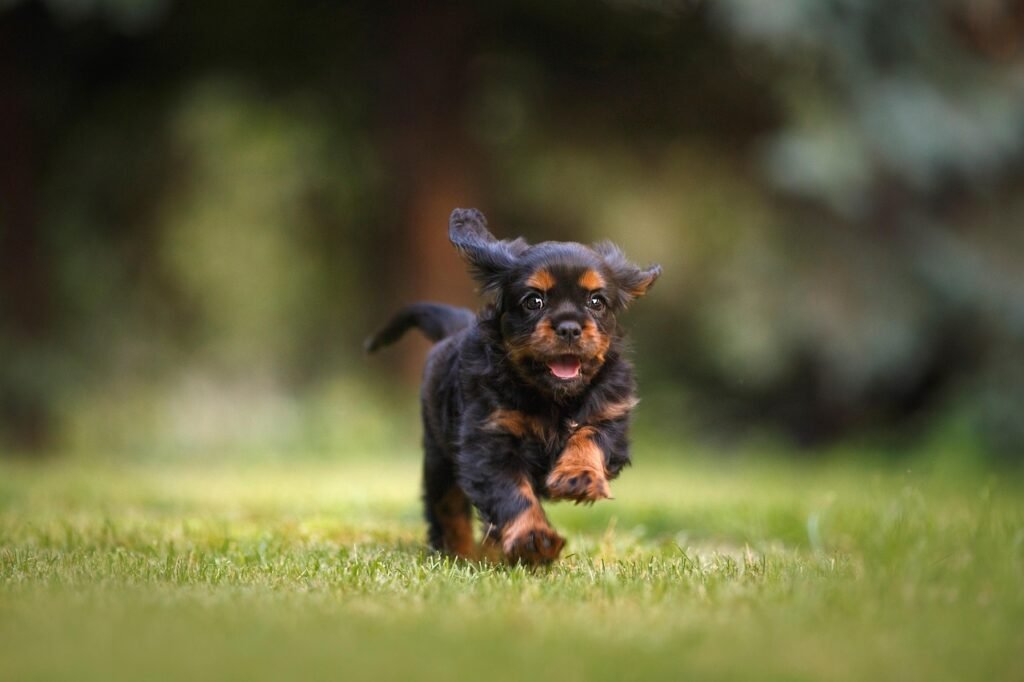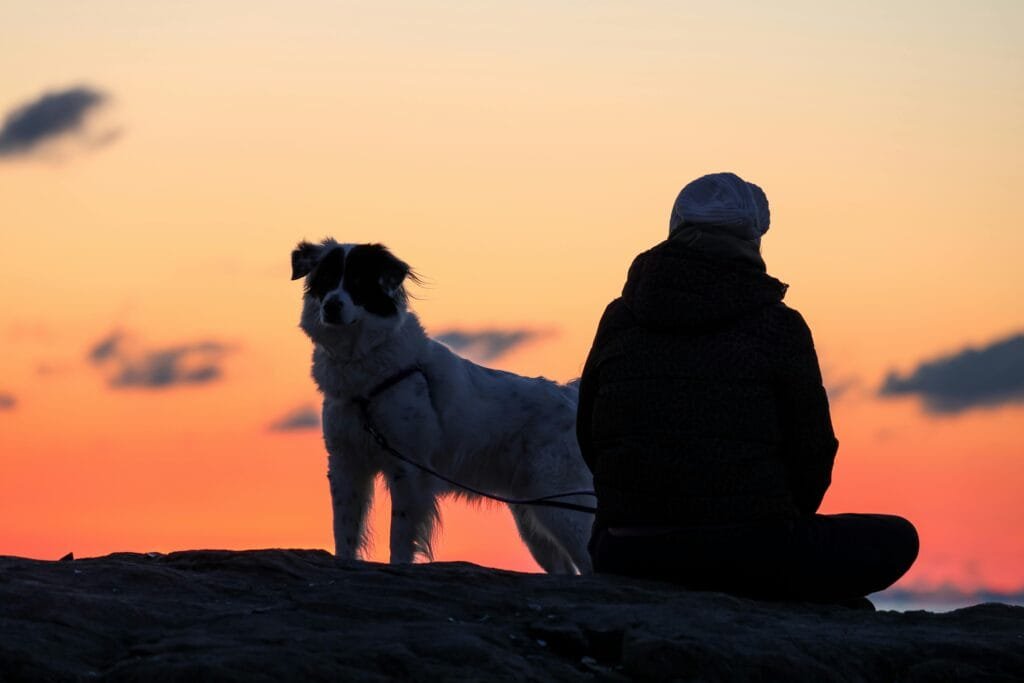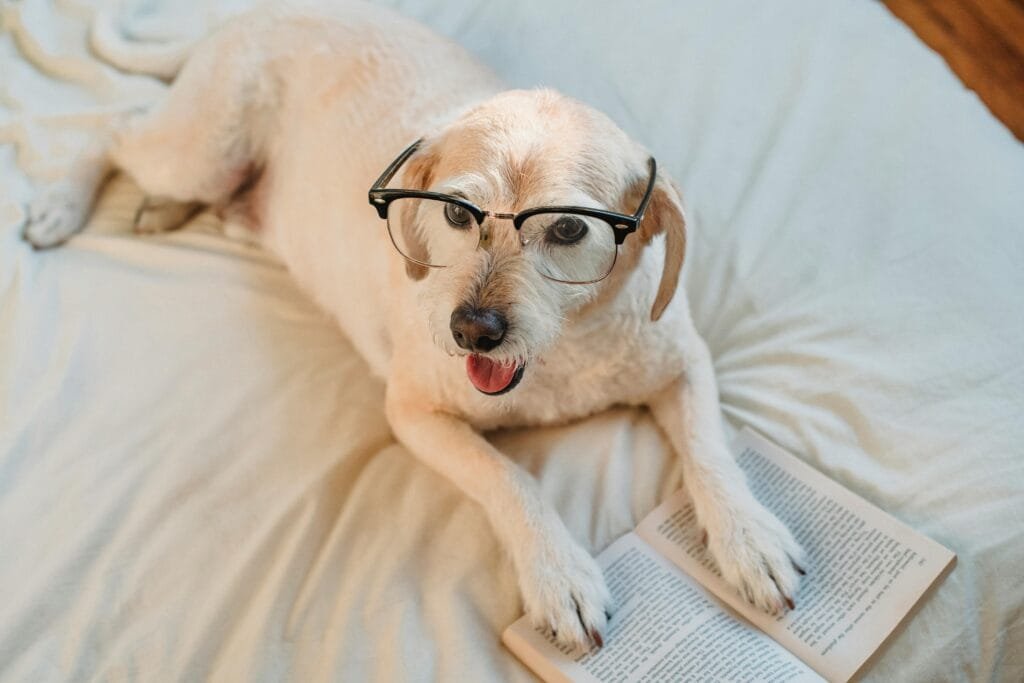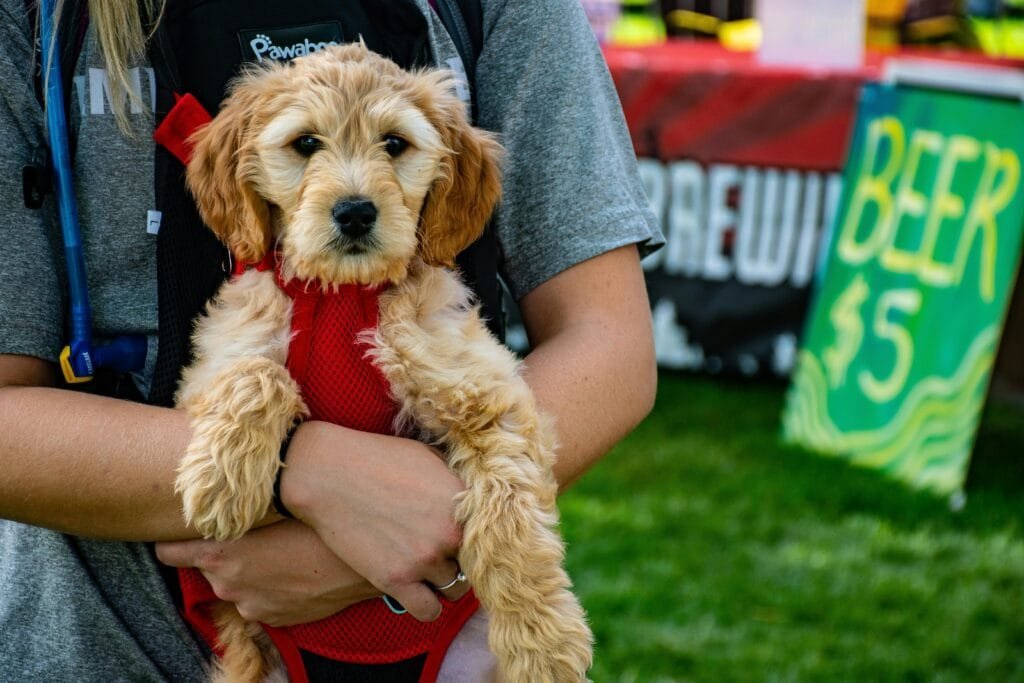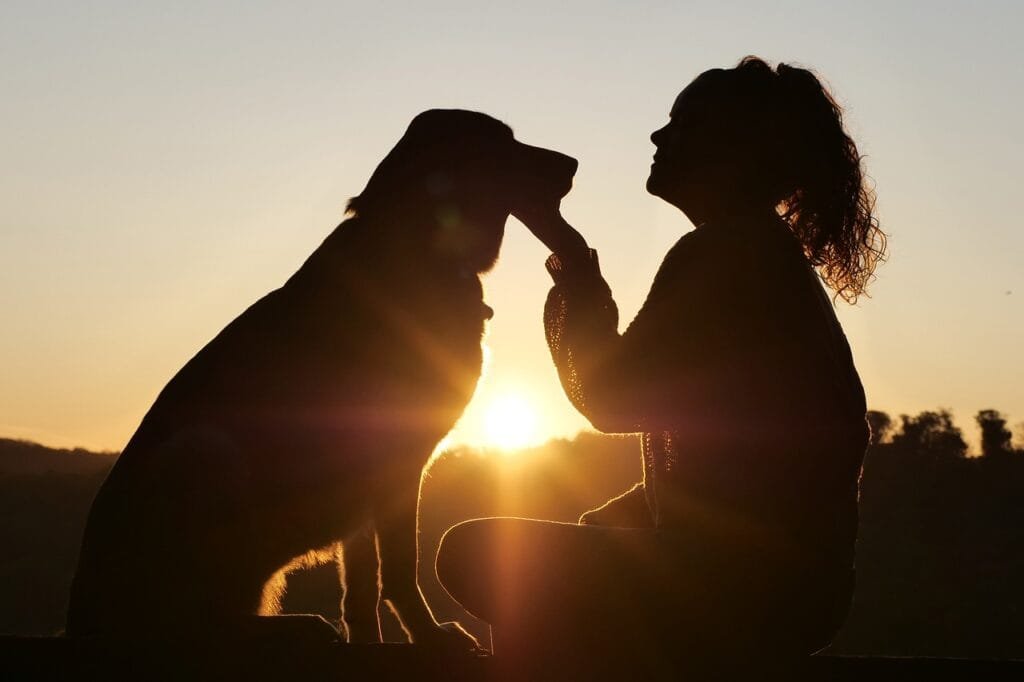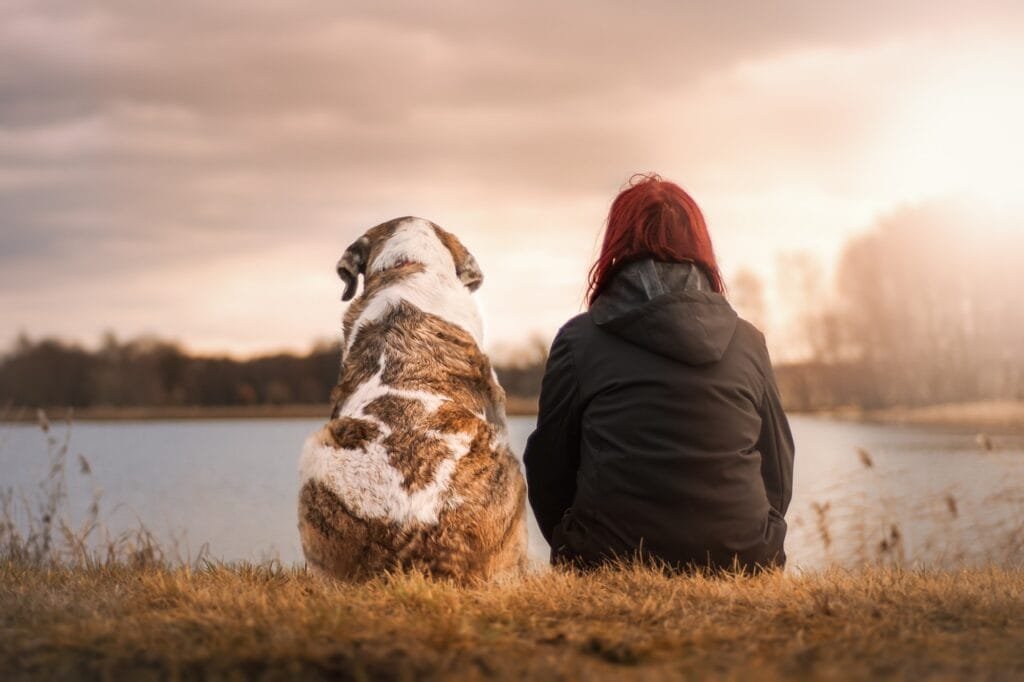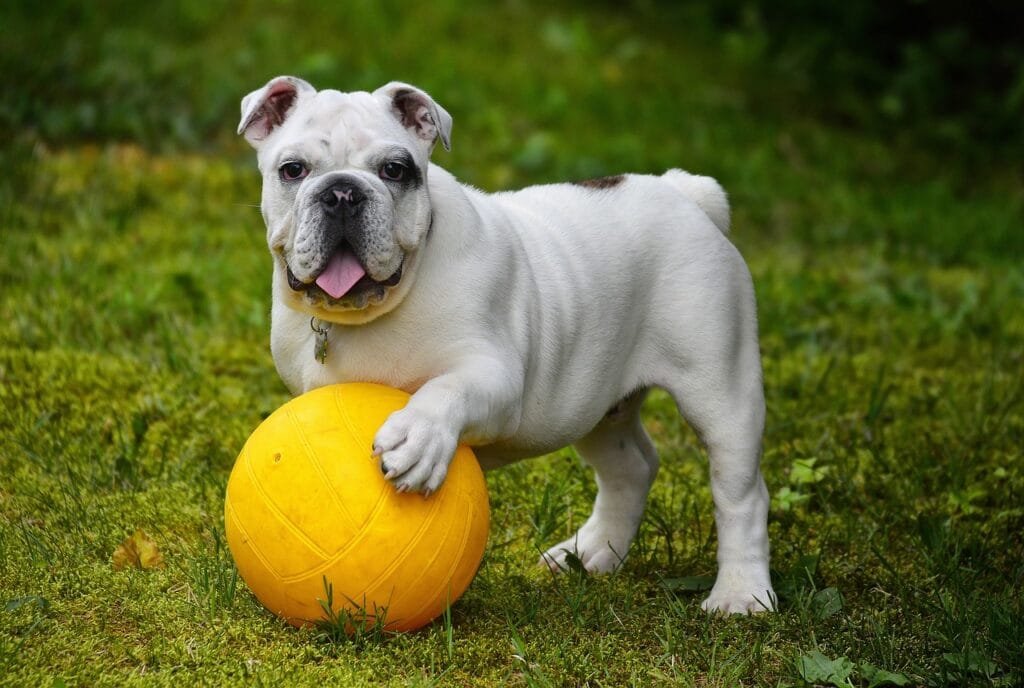Why summer is the best time for recall dog training
Recall dog training might be one of the most valuable things you ever teach your dog. It’s your ticket to off-leash freedom, safer adventures, and way less yelling across the park like a maniac. If you’ve ever called your dog and gotten nothing but a glance over the shoulder (followed by joyful sprinting in the opposite direction), you know exactly what I mean.
The good news? Summer is your secret weapon for recall dog training that actually sticks. This season gives you the time, space, and energy to finally build a recall that works when it counts.
Let’s break down why recall dog training just hits different in the summer, how to get started, and what to do if your dog’s idea of “come” is “let me think about it for a minute while I sniff this bush.”
First, why recall even matters
If your dog comes running when you call, you can give them more freedom. More space to explore, more off-leash options, more trust. And fewer moments of panic when you spot a cyclist, another dog, or something gross they’re about to eat.
Most dogs don’t ignore recall cues because they’re being difficult. They just haven’t been taught in a way that makes sense to them. They may have practiced in easy settings but never learned to generalize the skill when the world gets exciting.
The goal of recall dog training is not robotic obedience. You’re building a habit, a shared language, and a reason for your dog to choose you even when life gets interesting.
That’s what makes recall dog training such a worthwhile investment for long-term safety, trust, and freedom.
Why summer makes training so much easier
You’re outside more. So is your dog.
No shocker here. Better weather means longer walks, more trips to the park, and spontaneous play sessions. Every one of those outings is a chance to sneak in some recall practice without it feeling like a chore.
There’s just enough chaos
Squirrels, rollerbladers, kids, food smells, off-leash dogs. Summer is full of mild chaos. That’s actually a good thing. Training in slightly distracting environments helps your dog learn that “come” means “come,” even when life is interesting.
You fall into a routine without trying
Even if you’re not a planner, summer tends to settle into patterns. Morning walks before the heat kicks in, evening patio hangs, weekend hikes. Regular routines make it easier to fit training into your day, and dogs thrive on predictability.
Everything feels more fun
You’re more relaxed. Your dog is more playful. The vibe is just better when the sun is out and you’re not freezing your hands off holding a treat pouch. That energy carries into your training sessions and helps your dog connect coming when called with something enjoyable.
How to start recall dog training (without overthinking it)
You don’t need fancy tools or a private field. Just pick your moments, keep it safe, and make it worthwhile for your dog.
Pick a cue and stick with it
Choose something short and consistent. “Come,” “Here,” or a whistle. Whatever it is, only use it when you’re ready to follow through. Don’t toss it out casually or use it when you’re about to end the fun. That’s a fast way to make your dog ignore it.
Pay generously
If you want your dog to run back to you instead of chasing a goose, the reward needs to be worth it. Think roast chicken, string cheese, or a game of tug. Use the stuff that makes their eyes light up. This isn’t the time for dry kibble.
One common mistake is treating recall like a quick check-in rather than a celebration. If your dog comes back and gets ignored, clipped on leash, or scolded for leaving in the first place, they’re less likely to respond next time. Even if they blew past two squirrels and a baguette on the sidewalk to get to you, thank them like a hero.
Reinforcement builds reliability. You’re not bribing your dog. You’re showing them that choosing you leads to something great. For a helpful breakdown of how this actually works, check out How to Train a Dog With Positive Reinforcement from PetMD.
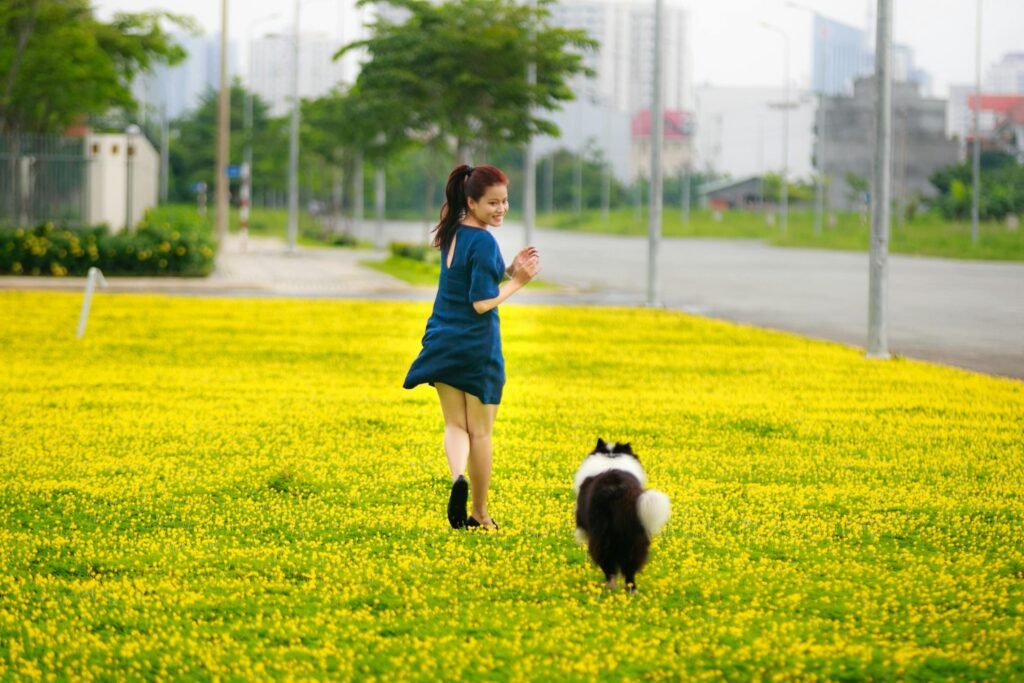
Play games that build recall
Make it fun. These recall dog training games build enthusiasm, focus, and real-world responsiveness without making your dog feel pressured. Try:
- Hide and seek. Step behind a tree, call your dog, and throw a party when they find you. Great for indoors and private yards.
- Recall races. Take turns calling your dog between family members or friends, rewarding each return. This builds speed and helps your dog learn to respond to different people.
- Catch me if you can. Call your dog, then jog backward to trigger their chase instinct. Keep it short and upbeat.
- Surprise snacks. Call your dog randomly around the house, drop a treat at your feet, then walk away. No pressure, just practice.
- Mid-play interruption. If your dog is off leash in a legal area, interrupt play briefly with a recall and treat, then release them again. You’re showing that coming to you doesn’t always mean the fun ends.
Short, playful sessions beat long, stressful ones. If you both end the game smiling, you’re doing it right.
Use a long line responsibly
Long lines can be helpful when practicing recall dog training, but use them with care. Montreal by-laws prohibit leashes longer than 1.8 metres (about 6 feet) in public spaces. That means long line training should be reserved for enclosed private areas, your own backyard, or a country property where local rules permit. For puppies, even practicing indoors with a long leash can help build early success without risk.
Mark the moment of arrival
When your dog reaches you, use a marker word like “Yes” to let them know they nailed it. Timing matters. Marking too early, like when they just turn toward you, can reinforce the wrong part of the behaviour. Wait until they arrive in front of you, then reward right away.
Want to dig deeper into why markers matter? Check out The power of markers: Clear communication, better behaviour for a simple guide.
What if your dog still blows you off?
That’s normal. Some dogs are more independent. Others are overwhelmed by the environment or unsure what’s being asked. Dogs who are reactive, shy, or new to outdoor life often need more structure and support to succeed with recall.
You might notice your dog comes halfway, then veers off. Or maybe they pause, think about it, then make another choice. That’s useful feedback. Instead of repeating the cue or getting frustrated, try this:
- Reduce the distance.
- Move closer to them before calling.
- Use a softer voice or crouch down.
- Add a movement cue like backing up or clapping.
- Offer a bigger reward when they do respond.
You’re shaping a skill, not flipping a switch. And if you’re stuck, support is out there. You don’t have to troubleshoot alone.
Take a look at our private training options or browse more blog posts for additional guidance. There’s no one-size-fits-all, but there is a recall dog training plan that makes sense for you and your dog.
A real-life recall turnaround
One client recently came to us with a young Labrador who would bolt toward every person, dog, and butterfly she saw. Walks were chaos. Letting her off leash was out of the question. Through structured recall dog training and some well-placed games in a fenced yard, we helped them build a recall cue the dog actually responded to.
Now, she zips back when called — not every time, not perfectly, but reliably enough that her guardians can relax and enjoy their outings. That’s what real progress looks like. It’s not flashy, but it changes everything. When recall dog training starts to click, everyday outings feel less like risk management and more like actual fun.
Three quick ways to level up recall
- Keep treats in every coat pocket so you’re always ready to reinforce.
- Call your dog during calm moments and reward generously. That way, recall doesn’t only happen when distractions are high.
- Avoid making recall the party pooper. If coming when called always ends the adventure, your dog might think twice next time. Call them in, reward, then release them to keep things positive.
- Gently touch their collar at the end of each recall. Practice light, positive collar grabs so your dog gets used to it. If you ever need to guide them away from danger, this habit could save their life.
Coming up next
Got a water-loving dog, or one who’s not so sure? Our next post dives into swimming safety and confidence-building around pools, lakes, and rivers. Whether you’re planning a cottage trip or introducing your pup to water for the first time, we’ve got tips to help your dog stay safe and have fun.
Recall dog training FAQ
What if my dog freezes instead of coming?
Try crouching down, clapping once, or running the other way. Some dogs freeze when unsure. Movement and encouragement can unstick them.
What if my dog runs away when I approach?
They might have learned that your approach means the end of play or something unpleasant (like nail trims or being picked up). Instead of going to them, try calling and rewarding generously when they come to you. You may need to rebuild trust in that dynamic.
Can I fix a poisoned recall cue?
Yes. If your current recall dog training cue is broken, pick a brand-new one. Start fresh, pair it only with good things, and follow the same principles. Many dogs respond better to a whistle or a unique phrase they’ve never heard in a negative context.

